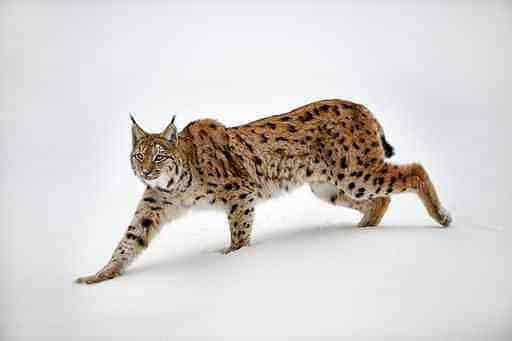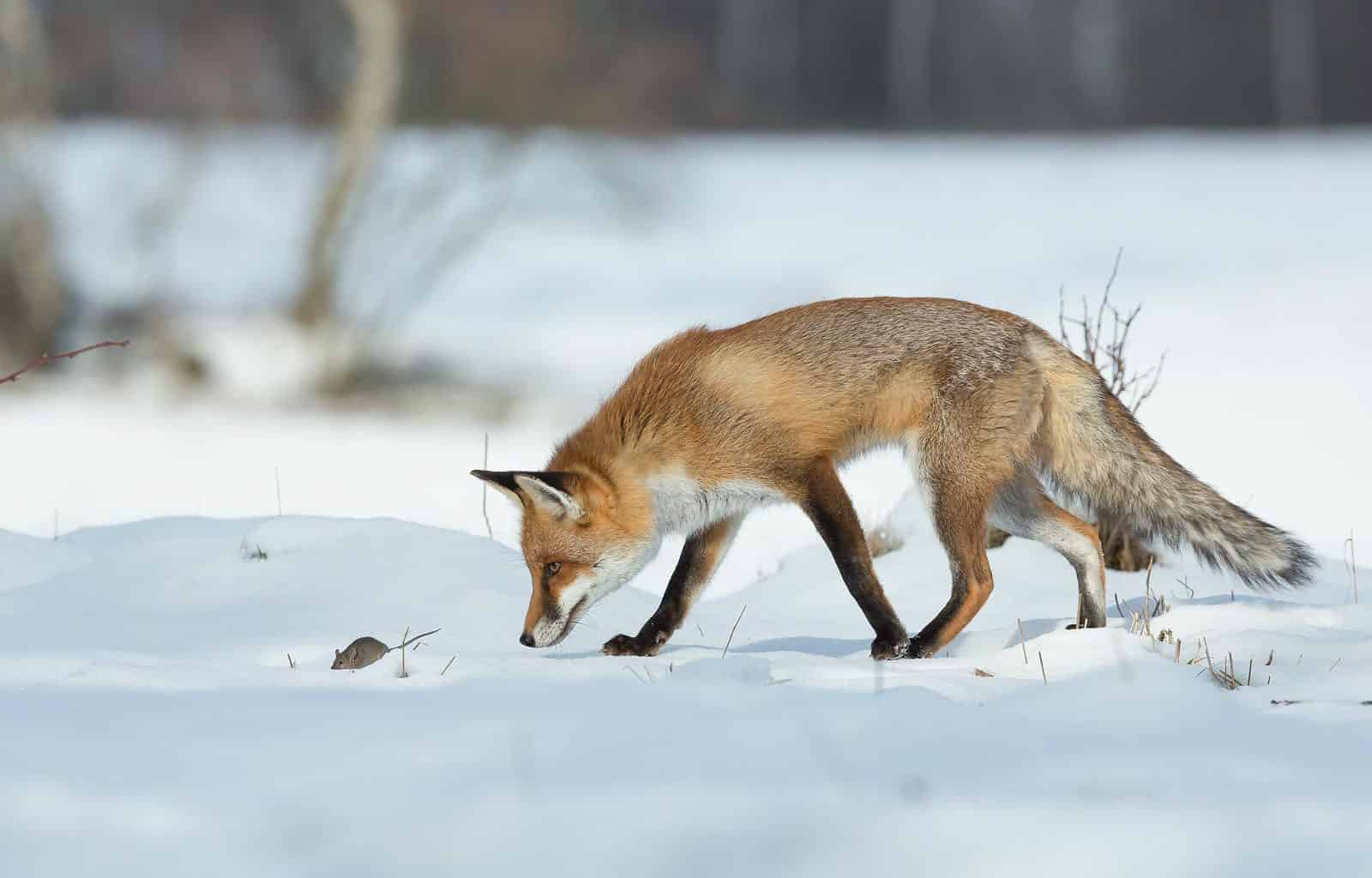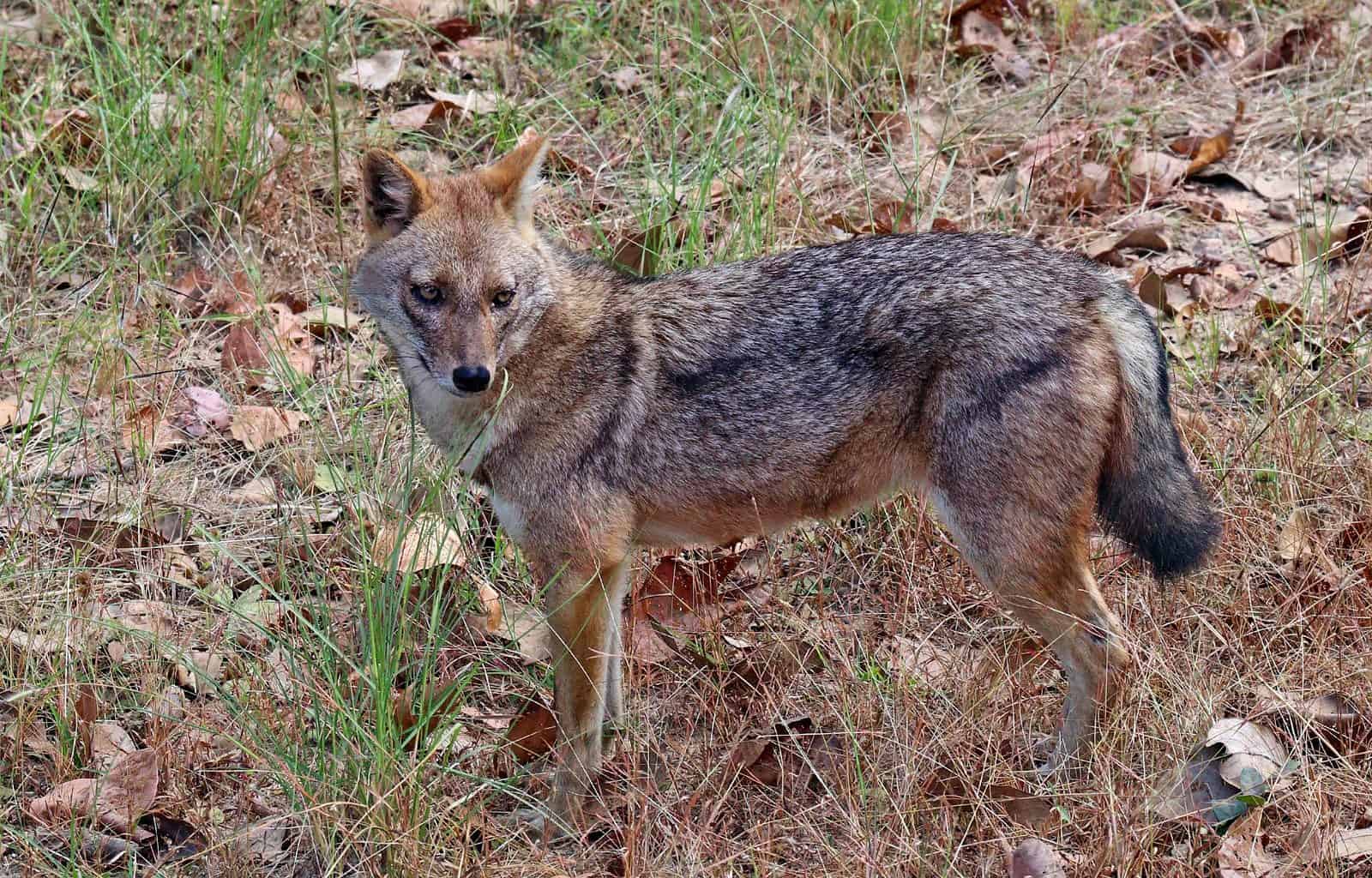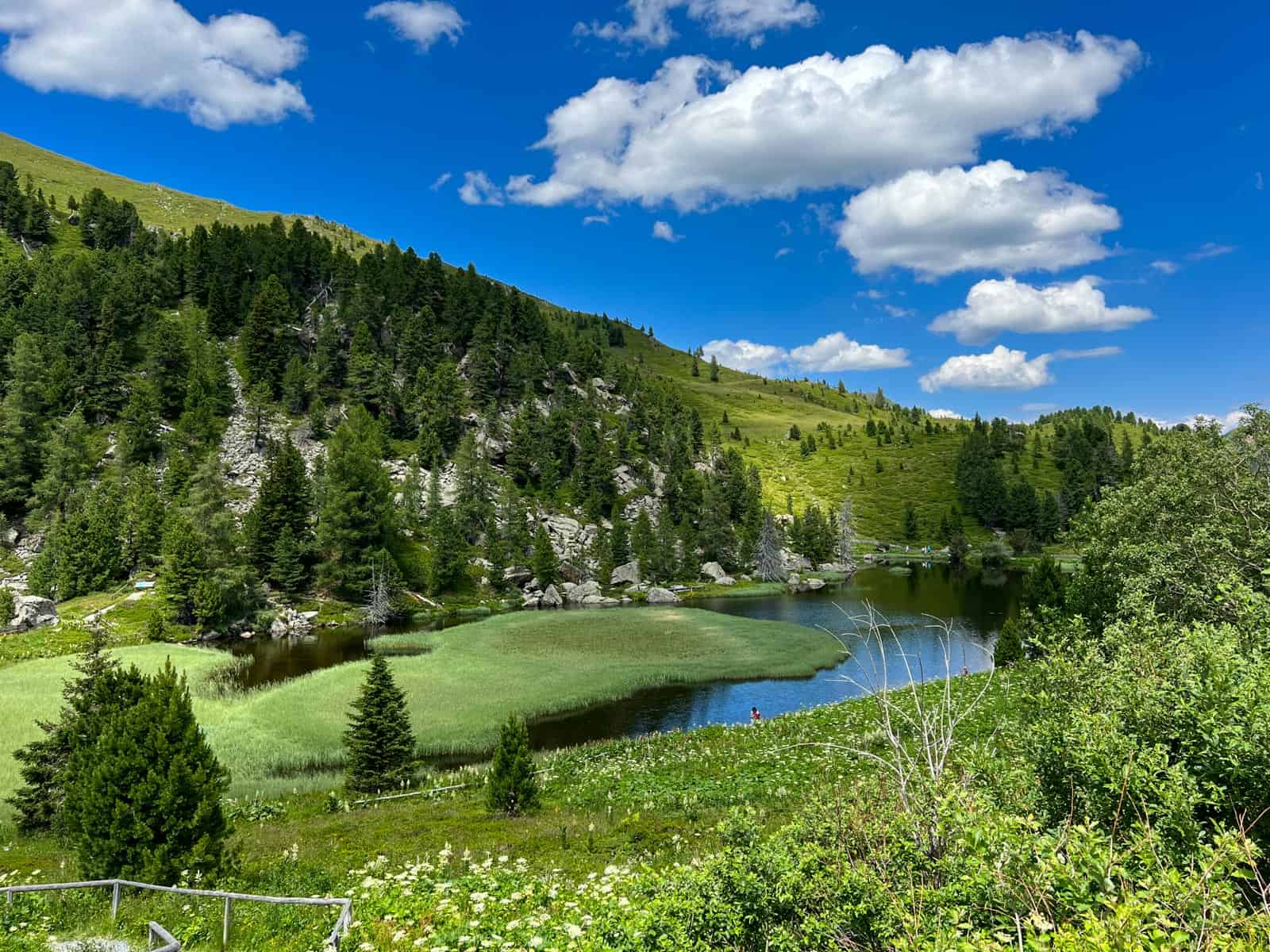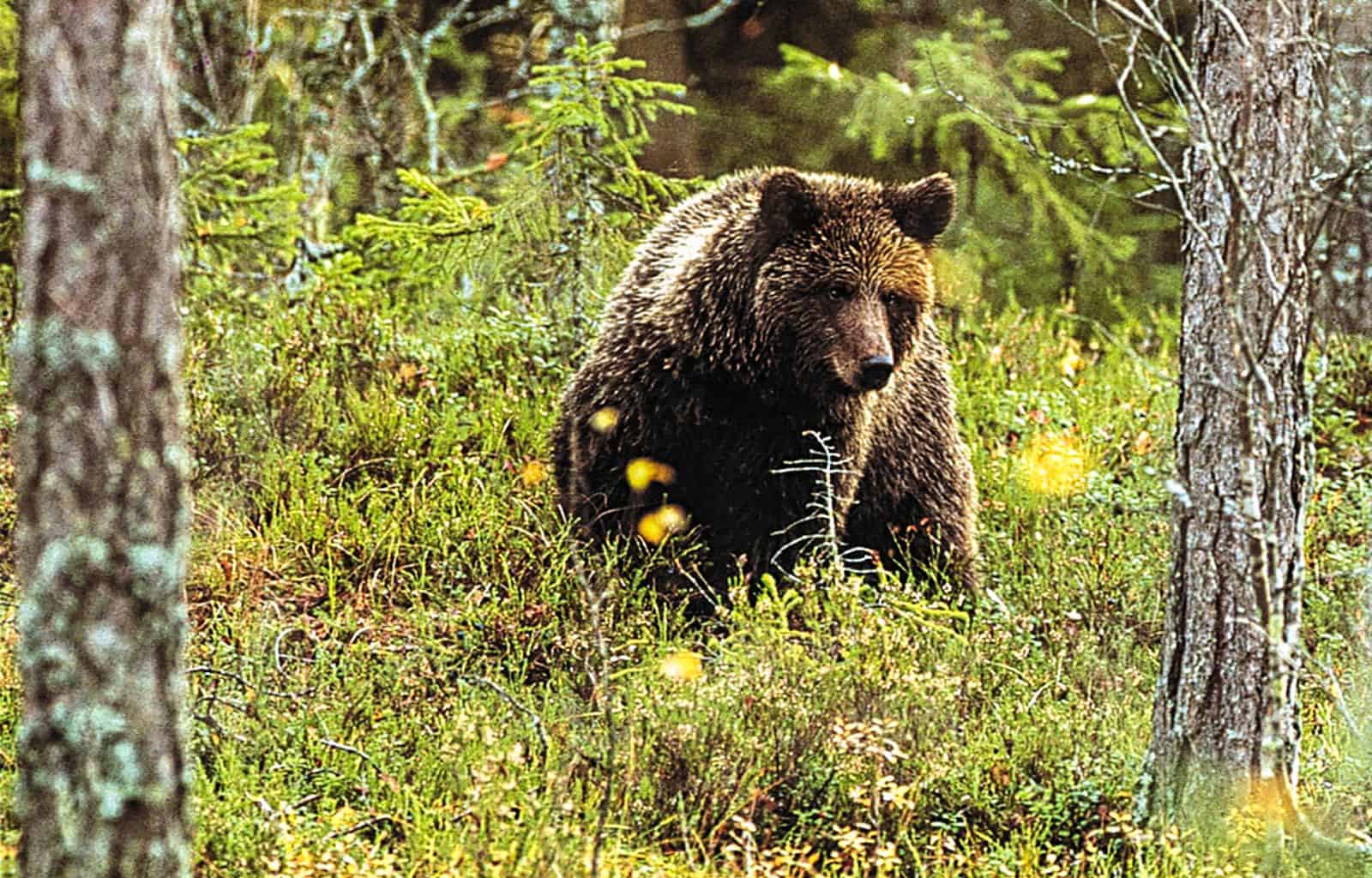Birds in alarmingly fast decline at Lake Constance
Researchers fear a fast decline in bird populations in Germany, according to a study that has shown that the number of breeding pairs has fallen by 120,000 over 30 years in the Lake Constance area.
According to a study by the Max Planck Institute for Behavioral Biology, the number of breeding pairs in the southern German lake fell by 25 percent, from 465,000 to 345,000, between 1980 and 2012. Several species, including the sparrow and the blackbird, have been particularly affected. Populations of many other bird species have also fallen below the levels needed to survive.
Please also read: EU fails to meet 2020 target s against biodiversity loss
The habitats are changing
The diverse landscape at the foothills of the Alps provides an excellent environment for birds. However, though the past decades major changes have occurred, that are typical in densely populated areas with intensive farming and forestry.
“This means that the rapid decline in the populations of many species that we have observed around Lake Constance is sure to be happening in other regions as well,”

The data are based on the results of a bird census, which was first carried out in 1980-81. It was since repeated every ten years using the same methodology, latest in 2012. At first glance, the data collected shows a balanced picture. 68 of the 158 bird species around the lake increased, 67 decreased, representing 43 %. The diversity of the species has even increased. Although eight species have died out, there have been 17 newcomers, including the eagle owl, white stork and the peregrine falcon.
Farmlands are hostile to birds
This contradiction is mainly due to the decline of the populations of the most common species. Six of the ten most common species showed a significant decline, two remained same and only two increased. For example, the number of house sparrows has fallen by almost 50 %.
Birds disappear mainly from areas under intensive use, mainly from agricultural areas. 71 % of the species that inhabit fields and meadows have declined in numbers, in some cases quite drastically. The partridge, for example, which was once a common inhabitant of the region’s farmland, has completely died out, together with the great grey shrike, the meadow pipit and the little owl.
One of the main reasons for this is the lack of food. Species feeding on flying insects have decreased by 75 % and species feeding on terrestrial invertebrates by 57 %. This confirms the assumption that “the human extermination of insects is having a massive impact on our birds,” says Bauer.
The harvesting procedures also have a role to play. Unfortunately there is hardly anything remaining for the birds to feed on after the machines finish their work. Monoculture, drainage of natural waters and the shortage of fallow land also limit bird habitat. However, birds are also disappearing from the towns and villages around the lake. As locals feel the need for having increasing control over their surroundings, nests are becoming less welcome in gardens and houses. Therefore even the species that are able to settle almost anywhere have declined. For example the blackbird, chaffinch and robin populations have suffered greatly.
Measures to support the bird populations
Scientists are urgently calling for a change in agricultural and forestry policy in order to counteract the rapid loss of biodiversity.
- Paying attention on the value of insects, thus restricting the use of insecticides and herbicides in commersial forestry and agriculture, as well as in public spaces and gardens
- Significantly reducing the use of fertilisers
- Converting at least ten percent of agricultural land to ecological conservation areas
- Respecting that the arable land and grassland needs to be left uncultivated in winter and during the breeding season
- Considering late mowing after the breeding season
- At least five percent of woodland should be completely unused
- Creating natural permaculture gardens using indigenous plants


